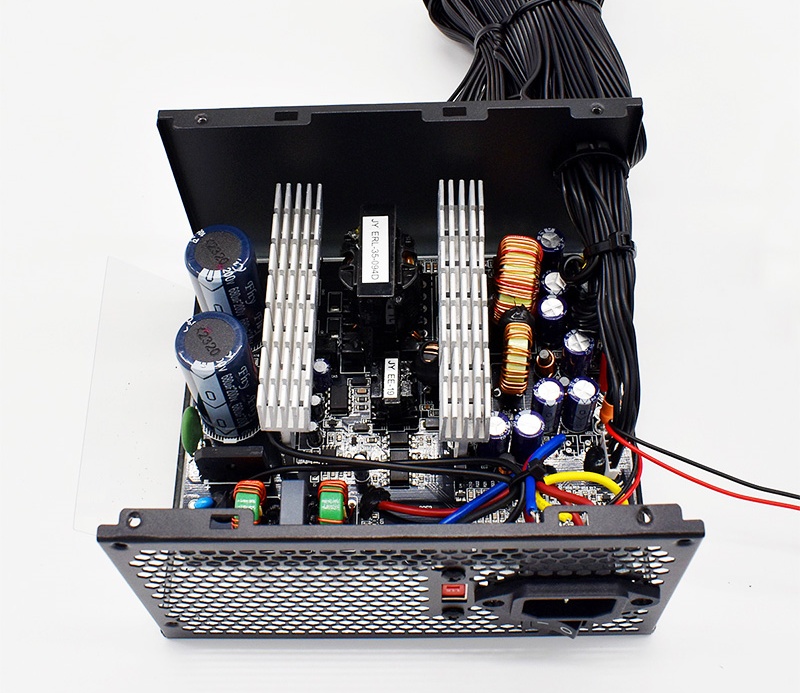A personal computer (PC) power supply is a key computer component that provides a stable power supply for the entire computer system. Its performance and stability directly affect the performance and stability of computer hardware. However, most users may not be very familiar with the internal structure and classification of PC power supplies. This article will explore the internal structure of PC power supplies in depth.
Internal structure of PC power supply
PC power supply is a switching power supply, which mainly consists of the following parts:
Input circuit: The function of the input circuit is to receive electrical energy from the power socket and then convert it into a voltage suitable for the internal circuit of the power supply to work. It includes a power switch, a fuse, a power filter and other components.
Power factor correction (PFC) circuit: The PFC circuit is used to improve the power factor of the power supply, making the power supply more efficient when consuming electrical energy.
Rectifier and filter circuit: The rectifier and filter circuit converts AC power into DC power and filters the power supply to remove the AC component in the power supply to ensure that the output DC power is more stable.
Switching power supply main circuit: The switching power supply main circuit is the core part of the PC power supply. It adjusts the output voltage by controlling the opening and closing of the switch.
Protection circuit: The protection circuit includes overvoltage protection, overcurrent protection, overheating protection, etc. to prevent the power supply from being damaged under abnormal conditions.
Output circuit: The output circuit is responsible for converting the voltage output by the main circuit of the switching power supply into a voltage suitable for the operation of various computer hardware. Including ATX motherboard power interface, D-type port, SATA interface, etc.

Classification of PC power supplies
PC power supplies can be classified according to different parameters. The following are several common classification methods:
Classification by power: According to the maximum output power, PC power supplies can be divided into low-power power supplies (below 300W), medium-power power supplies (300W-500W) and high-power power supplies (above 500W).
Classification by ATX version: PC power supplies can be divided into ATX, Micro ATX and Mini ATX power supplies according to the differences in ATX versions. These versions of power supplies differ in size, power and number of interfaces.
Classification by 80 PLUS certification level: 80 PLUS certification is an indicator to measure the conversion efficiency of PC power supplies. According to the certification level, PC power supplies can be divided into white brand, bronze brand, silver brand, gold brand, platinum brand and titanium brand, etc.
Classification by output interface type: PC power supplies can be divided into IDE interface power supplies and SATA interface power supplies according to the different output interface types.
Classification by whether it is modular: Modularity means that the output cables of PC power supplies can be customized according to actual needs, while the output cables of non-modular PC power supplies are fixed. Therefore, PC power supplies can be divided into modular power supplies and non-modular power supplies.
Classification by the number of pins: According to the number of motherboard power supply pins, PC power supplies can be divided into 20-pin and 24-pin power supplies. Compared with 20-pin power supplies, 24-pin power supplies provide more power supply lines, can provide greater current and higher voltage to meet the higher requirements of motherboard power supply needs.
Classification by whether it supports back wiring: Back wiring refers to passing the cables of PC power supplies through the back of the motherboard to achieve a neater internal wiring of the chassis. Therefore, PC power supplies can be divided into power supplies that support back wiring and power supplies that do not support back wiring.
Conclusion
As one of the core components of personal computers, the internal structure and classification of PC power supplies are crucial to understanding and choosing the right PC power supply. This article introduces in detail the internal structure of PC power supplies and the classification method based on different parameters. It is hoped that it will help readers better understand PC power supplies and choose products that suit them.







